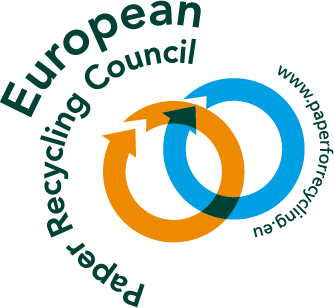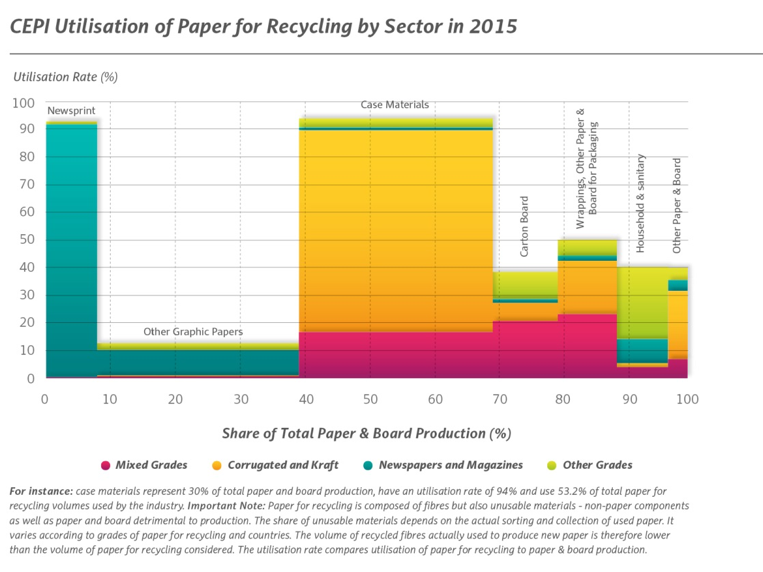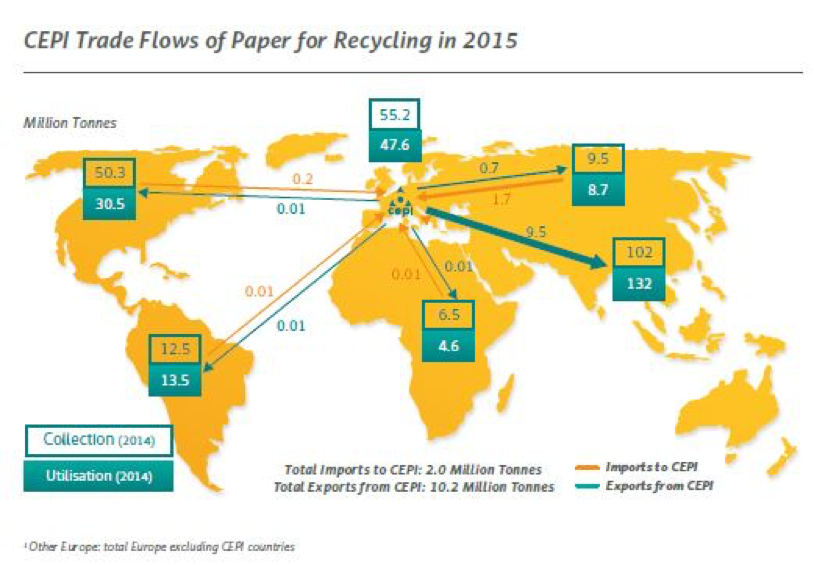Re-use:
Other recovery options include re-use, organic recycling and incineration. Re-use in particular has been given strong support in some countries (e.g. the German deposit on beverage cans). Promotion of re-use ignores all the other environmental aspects, for example the renewability and safety as well as the impact of return transportation and washing of re-used material, however paper and board products are also commonly re-used, without needing to be washed or otherwise prepared – another benefit of paper!
Biomass incineration:
Due to its renewable origin, paper for recycling is considered as biomass and therefore a renewable energy resource. It is true that incineration of used paper generates renewable energy and therefore allows the substitution of fossil fuels but it is more efficient to burn used fibres only when they can no longer be recycled. The paper industry therefore asks that no subsidies for incineration should be introduced where material recycling is sustainable. Additionally, the Waste Directive gives recycling a clear priority over incineration.
Composting:
Dueto its biological origin, used paper is biodegradable and compostable. The Waste Directive includes composting in material recycling, however, the difference is that once paper is composted it disappears from the paper recycling loop. For materials that are not suitable for recycling, for example paper soiled with food, composting would be a good alternative to incineration or landfilling, and used paper bags are a good carrier for bio-waste. At the moment, any paper going for composting is not included in the calculation for the European recycling rate.
Permalink
0
0








